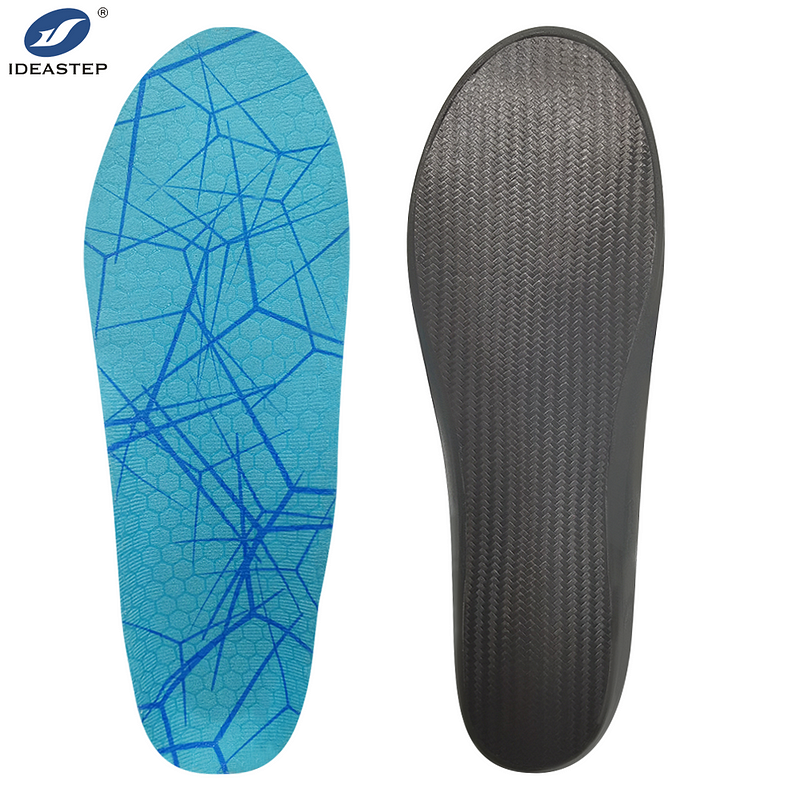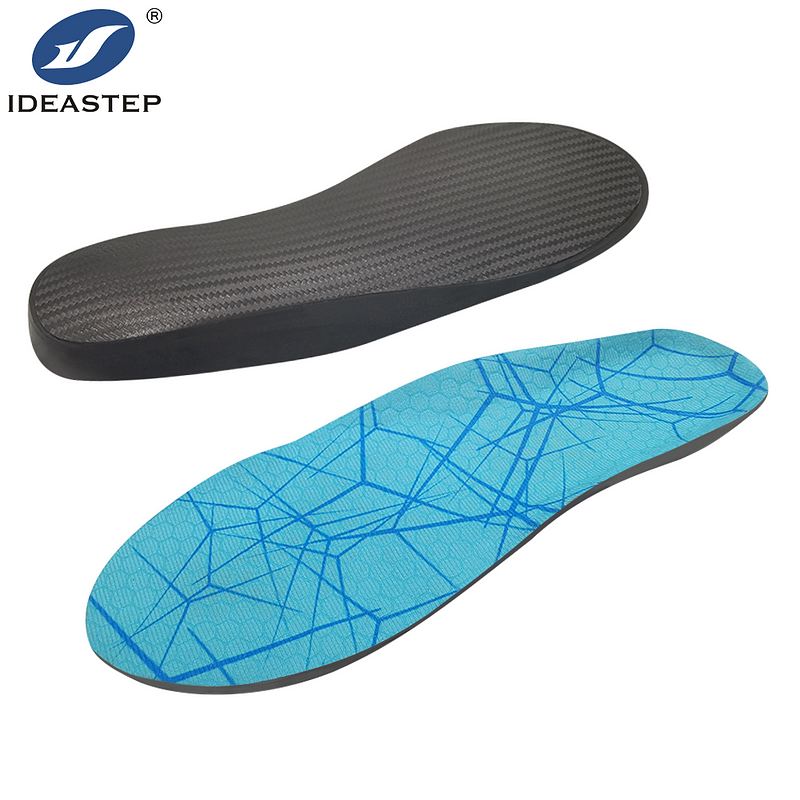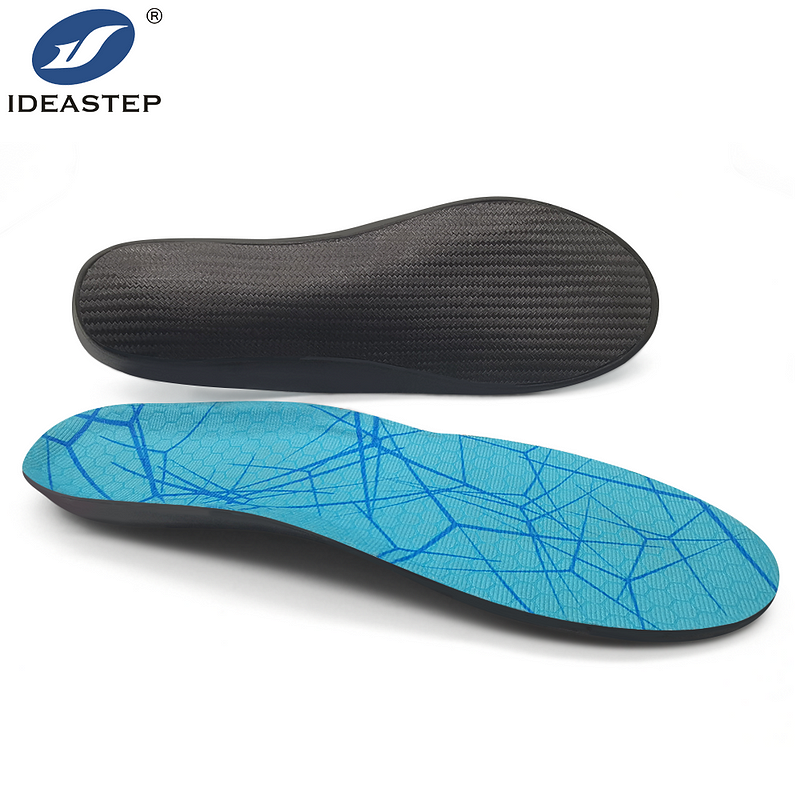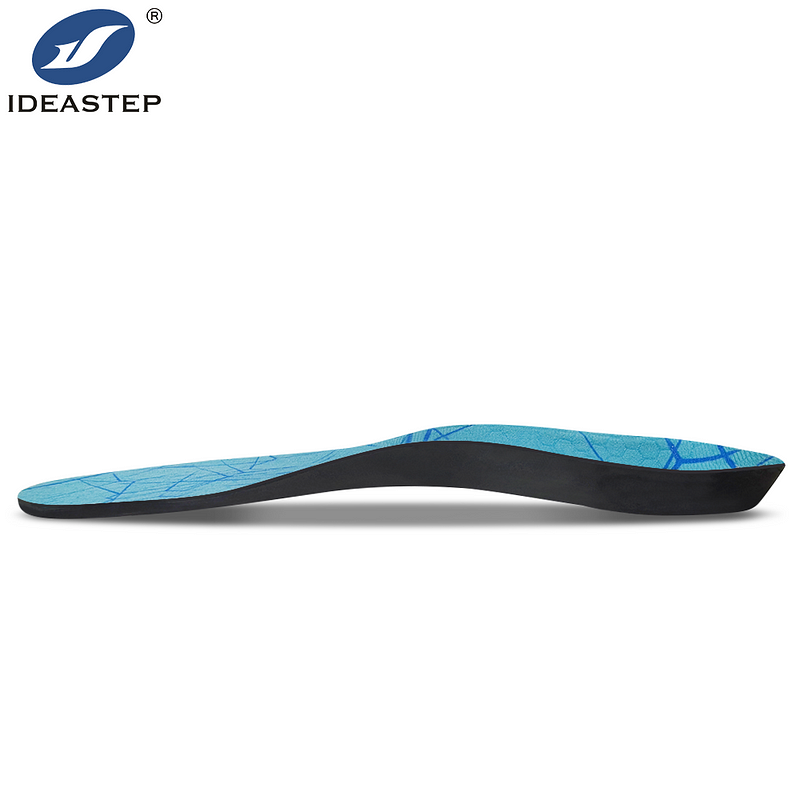Summary: When to Replace Shoe Insoles: Maintaining Optimal Support and Comfort
Shoe inserts play a crucial role in providing comfort and support for feet. While they can greatly enhance footwear experience, knowing when to replace them is important.
Typical Lifespan:
High-quality full-length shoe inserts typically last 6–12 months with regular wear.
Factors Influencing Lifespan:
– Frequency of wear
– Activity level
– Moisture levels
– Temperature extremes
Signs Insoles Need Replacing:
– Deformation or collapse
– Flattening of arch support
– Cracking or splitting
– Reduced arch support or increased foot pain
Considerations:
– Individuals with foot conditions should consult their podiatrist for specific recommendations.
– Consider individual needs and activities when choosing insoles.
– Ensure proper shoe fit for optimal support and comfort.
Conclusion:
Replacing shoe inserts regularly is essential for maintaining optimal support, comfort, and protection for your feet. By following the guidelines above, you can ensure that your shoes provide the necessary support and comfort for your daily activities.

When to Replace Shoe Insoles: Maintaining Optimal Support and Comfort
Shoe inserts, also known as footbeds, play a crucial role in providing comfort, support, and protection for your feet. While they can significantly enhance your footwear experience, it’s important to know when to replace them.
Typical Lifespan of Shoe Insoles
High-quality, full-length shoe inserts typically cost between $40 — $80 and should only need replacement when the shoes themselves are retired. Research suggests that most shoes should be replaced every 6–12 months, depending on usage.

Factors Influencing Insole Lifespan
- Frequency of wear: Frequent walkers and runners will need to replace their inserts more frequently than those who wear shoes less often.
- Activity level: Activities that involve more impact, such as running or jumping, will wear down insoles faster.
- Moisture levels: Insoles can absorb moisture, which can lead to degradation over time.
- Temperature extremes: Extreme temperatures can also damage insoles.
Signs Your Insoles Need Replacing
- Deformation: Notice if the inserts are visibly warped or collapsed.
- Flattening: Over time, insoles can lose their arch support and become flat.
- Cracking or splitting: Cracks or splits in the material indicate that the insoles are compromised and need to be replaced.
- Reduced support: If you notice reduced arch support or increased foot pain, this could indicate that your insoles have worn out.

Additional Considerations
- If you suffer from foot conditions such as plantar fasciitis or arch problems, consult with your podiatrist about replacement frequency.
- Consider your individual needs and activities when selecting insoles.
- Always ensure that your shoes are properly fitted to ensure optimal support and comfort.
Conclusion
Shoe inserts are an essential component of footwear and should be replaced regularly to maintain optimal support, comfort, and protection. By following the guidelines outlined above, you can ensure that your shoe inserts are functioning properly and providing the benefits you need.
Usage FrequencyReplacement IntervalCost RangeModerate6–9 months$40 — $60Heavy3–6 months$60 — $80Extreme1–3 months$80 — $100
Note: This is a general guideline. Actual replacement frequency may vary depending on individual foot type, activity level, and shoe type.

FAQ
Q: How long do high-quality shoe inserts typically last?
A: High-quality, full-length shoe inserts typically last 6–12 months.
Q: What factors influence the lifespan of shoe inserts?
A: Frequency of wear, activity level, moisture levels, temperature extremes, and foot type.
Q: What are the signs that my shoe inserts need replacing?
A: Deformation, flattening, cracking or splitting, reduced support, and increased foot pain.
Q: How often should I replace inserts if I have foot conditions like plantar fasciitis?
A: Consult with your podiatrist to determine an appropriate replacement frequency.
Q: What is the cost range for shoe inserts?
A: Shoe inserts range from $40 to $100, depending on quality and features.
Q: Should I consider my individual needs when selecting shoe inserts?
A: Absolutely! Consider your foot type, activity level, and intended use of the shoes.
